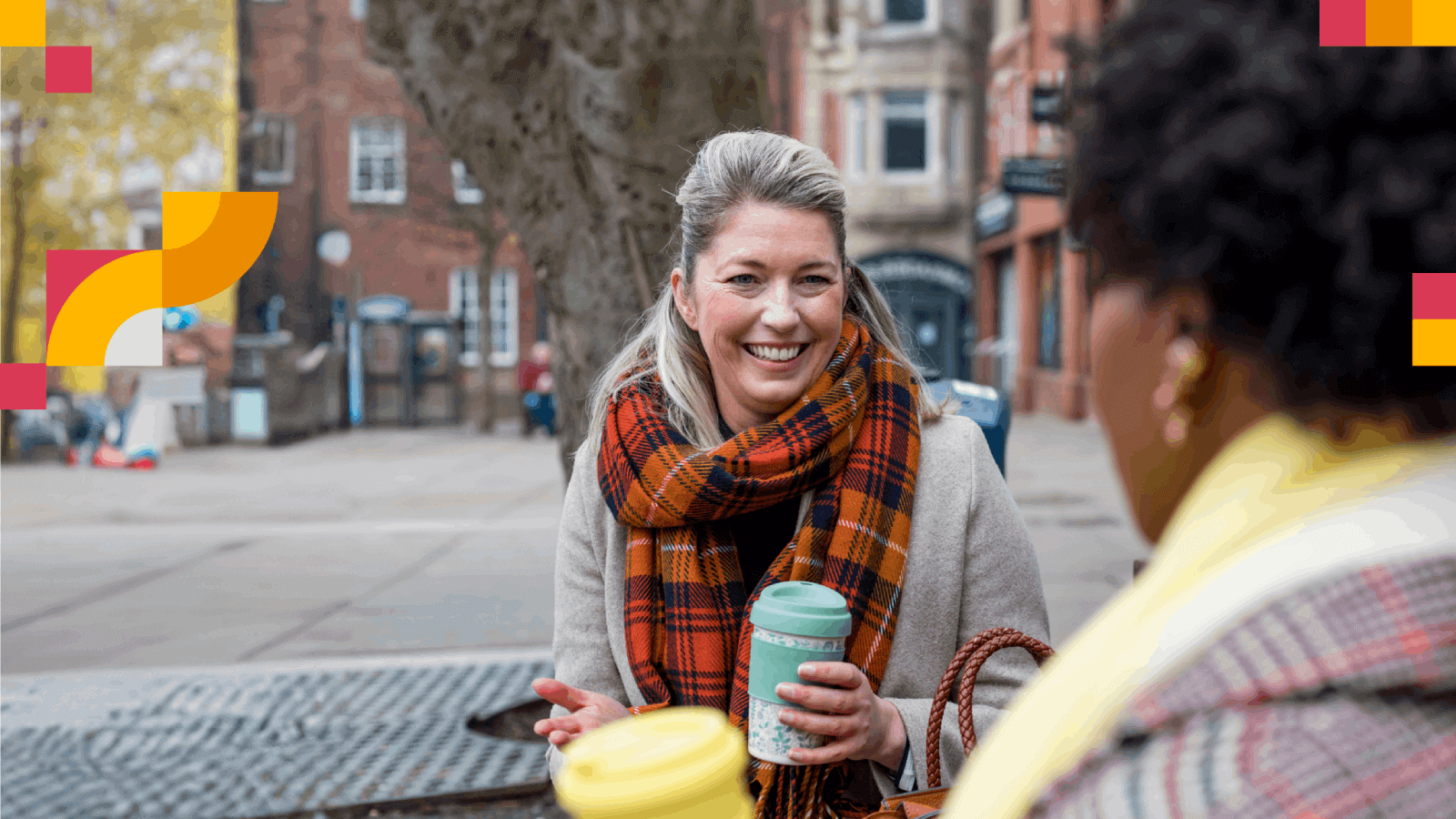Customer loyalty and coffee cup circularity
Where circularity can be introduced into high volume consumer waste streams, the potential benefit to both sustainability and commercial outcomes is more apparent. When PwC conducted research into how circularity could reduce single-use coffee cup consumption, it demonstrated that understanding purchasing habits and consumer behaviour can reveal untapped commercial opportunities.
For a returnable packaging container to be more sustainable than its single use equivalent, it needs to be returned and reused multiple times. This is because the materials, energy and associated emissions that go into making returnable packaging are generally higher than their single-use equivalent. This means returnable packaging must not only be durable, but critically the container must be returned to where it can be washed and reused.
David Drew, a circularity specialist at PwC UK, says: “Successful returnable packaging systems rely on habit. Where consumers buy the same products in the same formats regularly, they are better suited to a transition to returnable packaging. Unlike most other packaging choices, choosing returnable packaging will not meet its objectives without the collaboration of the consumer.”
Yet a careful strategic approach can align customer behaviour with circularity, when approached from the point where brand loyalty and personal values overlap. Our coffee cup research indicates that the top 10% of most regular customers visit their favourite coffee store frequently, with around 73% visiting again within five days (based on 2022 data). As high frequency coffee drinkers this cohort could account for up to 40% of the single use cups, so if they adopted the returnable coffee cup concept it could massively reduce the waste stream volume. Appropriate loyalty incentives and sustainability storytelling linked to circularity can galvanise loyalty further, which has clear commercial potential.
Drew continues: “Although retailers often have reservations about returnable packaging and systems for packaging recovery, due to the complexity they can bring to the retail environment, there is no doubt that the upside is footfall. If returnable packaging brings the customer back to the store, it can be a very useful form of customer retention and business growth.”















